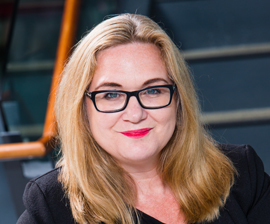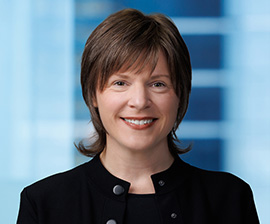Safe Work Australia has released a new work health and safety (WHS) guide to assist persons conducting a business or undertaking (PCBUs) prevent sexual harassment in the workplace.
The Guide
The Preventing Workplace Sexual Harassment Guide provides practical guidance to help PCBUs meet their obligations under WHS laws to eliminate risks to health and safety of workers, so far as reasonably practicable. It does this by providing PCBUs with steps they can follow to prevent and respond to workplace sexual harassment.
The Guide assists businesses to identify when, how and why sexual harassment may occur in the workplace. It also suggests steps to prevent inappropriate conduct from occurring in the first place and processes to respond to any incidents.
Should an incident involving sexual harassment occur, a PCBU would need to establish that it had taken all reasonable steps to manage the risk of sexual harassment in the workplace. While the steps outlined in the guide are not mandatory, they establish a minimum standard that PCBUs must meet in order to discharge this duty.
The Guide follows the model WHS law that has been adopted by most states and territories across Australia.
Preventing workplace sexual harassment
The Guide sets out risk management processes that can be used by PCBUs to minimise the risks of sexual harassment occurring within the workplace. It does this by providing steps to:
- identify the relevant hazards in the workplace
- assess the associated risks of sexual harassment to workers because of those hazards
- implement control measures to eliminate or minimise the risk of sexual harassment occurring in the workplace
- provide processes that can be used by PCBUs to enable them to regularly review those control measures implemented.
The Guide provides that PCBUs must also minimise the risk of a third party (such as customers, clients, patients or members of the public) sexually harassing workers. It also provides five useful steps that PCBUs can use to prevent the risk of harm to workers by third-parties.
Control measures within the Guide also address the risks to workers operating through online work environments and provide PCBUs with suggested mechanisms to address unwanted or offensive behaviour early.
Responding to reports of sexual harassment
The Guide outlines eight steps for how PCBUs can respond to reports of workplace sexual harassment. The key steps include:
- acting promptly to ensure the safety of employees
- consulting with the complainant to determine whether they want to pursue the complaint
- clearly communicating to all parties involved the process to be adopted to respond to a complaint.
What PCBUs should do next
PCBUs should review the Guide and then consider whether their physical workplace, work systems and workplace policies are consistent with the Guide’s recommendations for preventing and responding to sexual harassment.
Our workplace relations and safety team can also assist by reviewing the systems you have in place to ensure you are meeting your duty to prevent sexual harassment in the workplace. Should an instance of sexual harassment arise in your workplace, our team can assist you to manage your response so that you can discharge your legal obligations under both WHS and discrimination laws.







